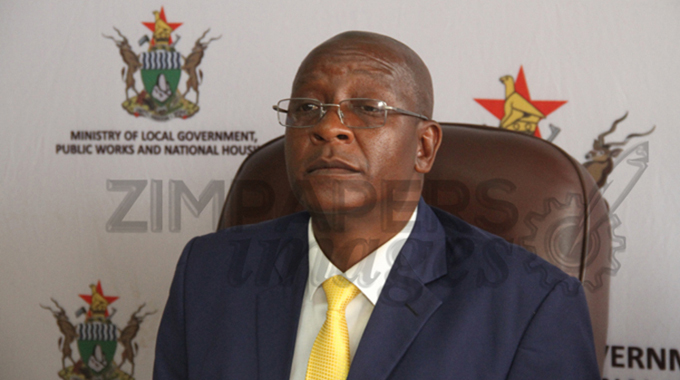Concourt rejects delimitation report challenge

Fidelis Munyoro-Chief Court Reporter
The Constitutional Court has rejected a bid to nullify the delimitation exercise which mapped new boundaries of the wards, the House of Assembly and Senate to be used in the forthcoming and any future general election.
The new names and boundaries drawn by the Zimbabwe Electoral Commission have since been gazetted ahead of the elections sometime this year.
The apex court ruling yesterday comes after a political activist Tonderai Chidawa had filed a lawsuit, seeking to overturn the delimitation process, arguing the process was flawed because the tenets of the Constitution were not followed.
But in a brief order, the apex court rejected the bid without giving finer details of its decision, saying the reasons would be made available in due course.
Chidawa’s lawyer Professor Lovemore Madhuku described the court decision as unsatisfactory.
“It’s a very disappointing judgment because the court has refused to have an opportunity to look at Section 119 (of the Constitution) and obligations of Parliament, thereof,” he said speaking to journalists outside Mashonganyika Building which houses the Constitutional Court.
“They will give their reasons later. I suspect the court does not want to interpret Section 119 to go as far as we had put it ourselves, which accountability of State institutions such as independent commissions that Parliament is entitled to investigate how they operate in terms of the Constitution.
“Section 119 of the Constitution, gives Parliament power to ensure that provisions of the Constitution are upheld and that the State and all institutions and agencies of government at every level act constitutionally and in the national interest.”
In his application, Chidawa accused Parliament of failing to invalidate the delimitation report and initiate investigations into it.
The new constituency and ward boundaries set were informed by population densities, geographic considerations and the dictates of the country’s constitution.
Apart from population densities, other considerations in the delimitation exercise were physical features and means of communication, and communities of interest.
This resulted in some former commercial farms being converted into peri-urban areas, while some communal areas, especially those that border urban areas, were converted from their former description to urban or peri-urban areas.
The national Constitution stipulates that ZEC must divide Zimbabwe into 210 constituencies for the purposes of electing Members of Parliament.
To achieve this, the total number of registered voters, which was 5 804 376 at the time of the delimitation, was divided by 210 constituencies.
According to ZEC, that process yielded a national average of 27 640 registered voters per constituency, a figure that satisfies Section 161(3) of the Constitution which states that; “The boundaries of constituencies must be such that, so far as possible, at the time of delimitation equal numbers of voters are registered in each constituency within Zimbabwe”.








Comments